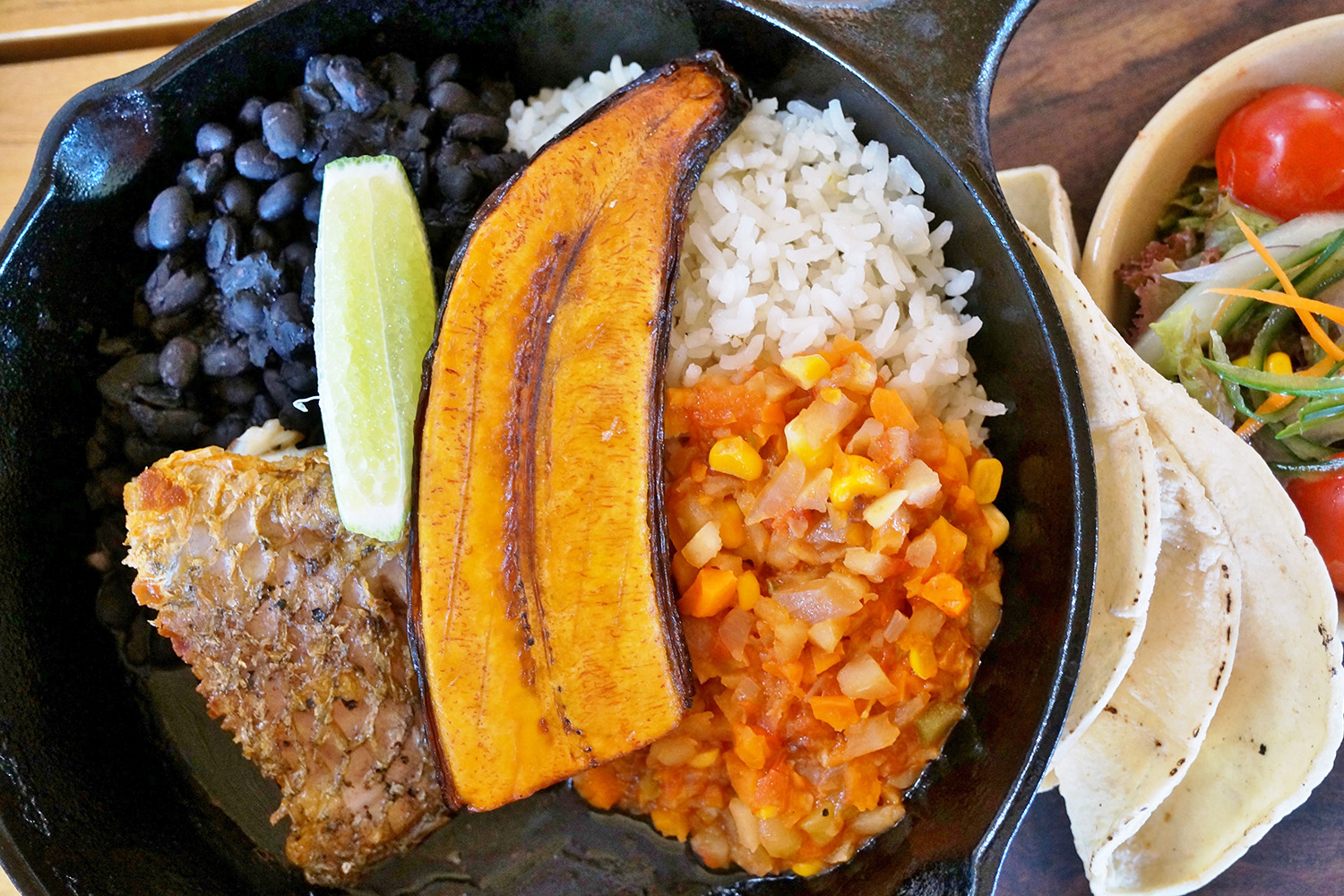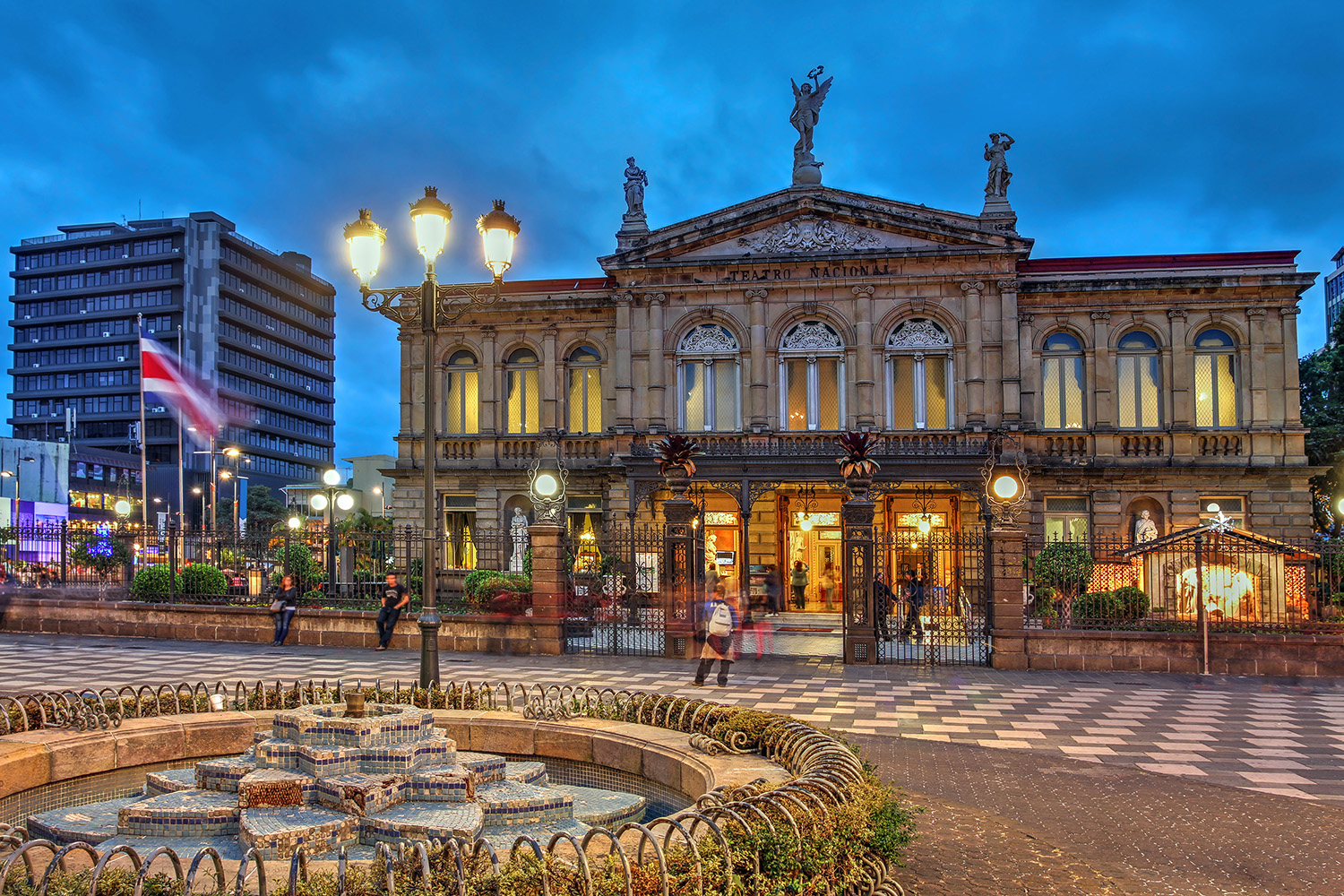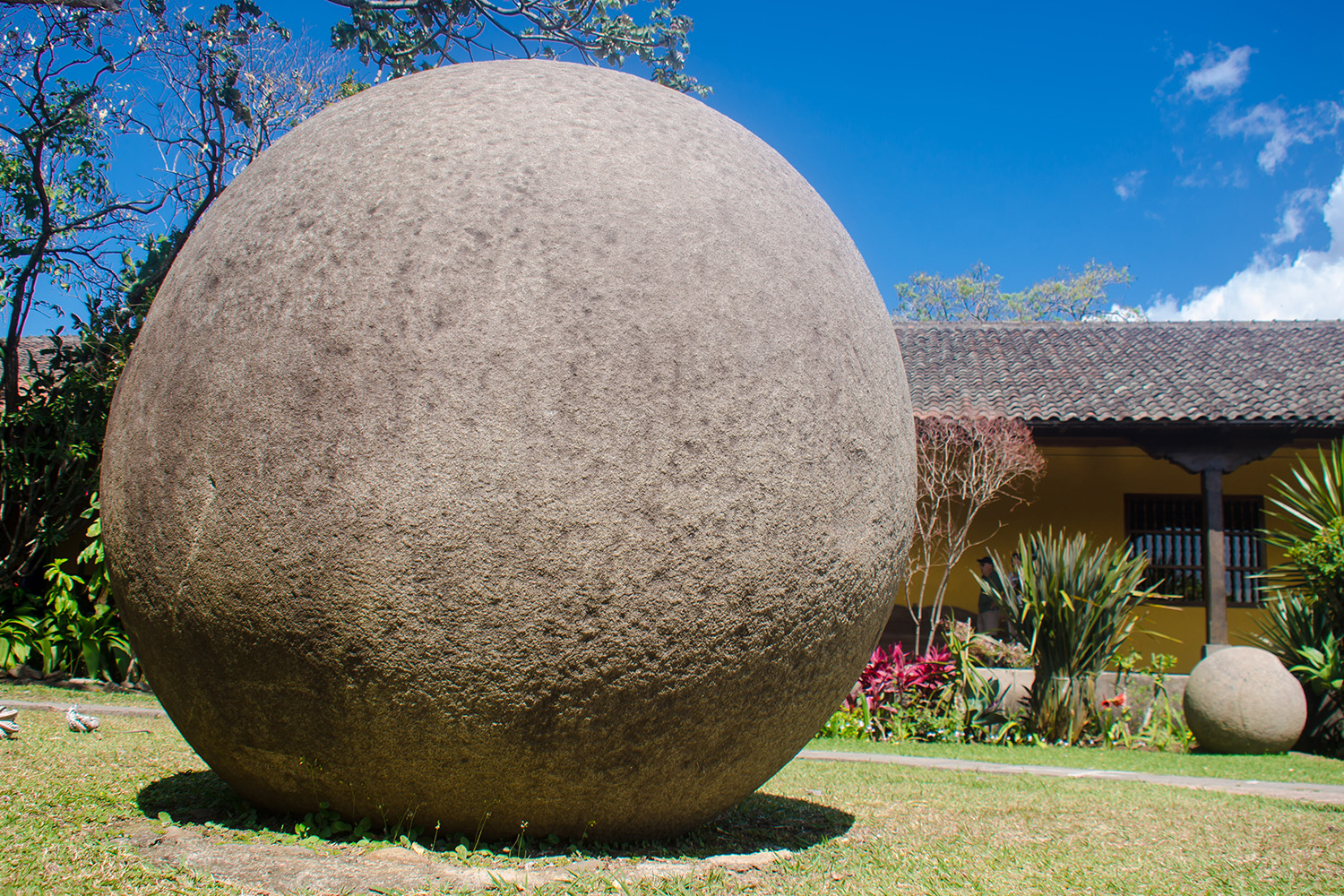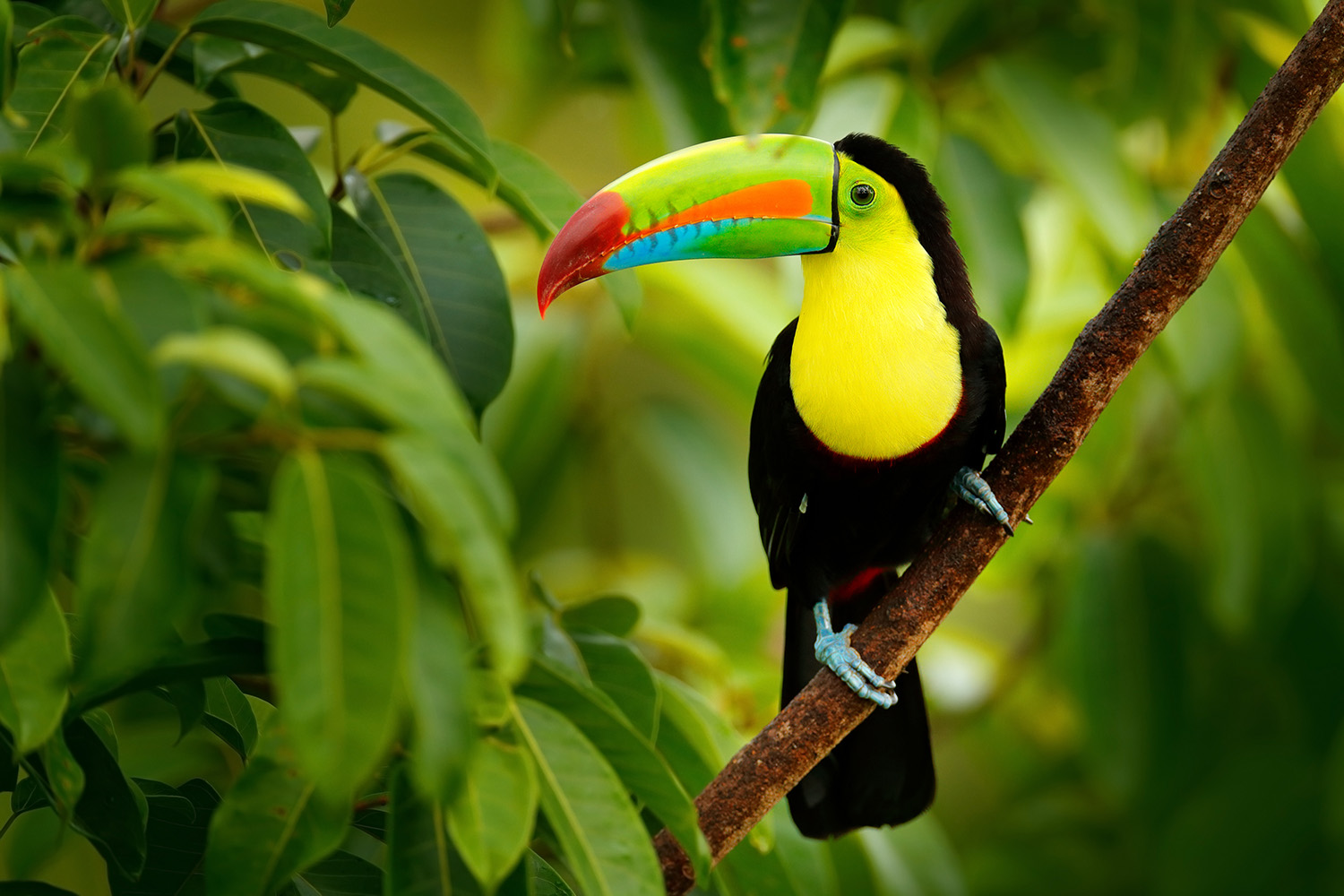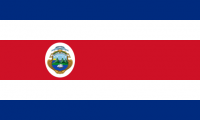
Costa Rica
4 Pathways to Understanding
Why these pathways?
Food
Anthony Bourdain
chef, author + travel documentarian
Art + Culture
Sir Peter Bazalgette
chair, Arts Council England
History + Politics
One of the deepest impulses in man is the impulse to record – to scratch a drawing on a tusk or keep a diary, to collect sagas and heap cairns. This instinct as to the enduring value of the past is, one might say, the very basis of civilization.
John Jay Chapman
author, essayist + lawyer
Environment
The environment is where we all meet; where we all have a mutual interest; it is the one thing all of us share.
Ladybird Johnson
former First Lady of the United States

Food
Costa Rica is rich in locally grown fruits and vegetables so long-haul transportation is rarely necessary. For seafood lovers, Costa Rica has a perfect trifecta of seafood from the Pacific Ocean, the Caribbean Sea, and the many rivers and streams which provide fresh-water fish. The Guanacaste province in the northwest is one of the largest grass-fed cattle producing regions outside of Argentina. All of this means there is enough food locally produced to satisfy just about any palate.
Painted Bowl
Carreta
Art + Culture
As history has shown us, government systems in Costa Rica have more often been on the liberal side of the scale, with communist ideas of nationalizing public services, and socialistic practises such as national healthcare being of high value to the people. They have worked to build a country where socially run enterprises benefit the population and the average Costa Rican. The most revolutionary act performed by the government was the abolishment of the army in 1949 in the New Constitution of the Second Republic. By eliminating the cost needed to sustain military forces, there has been more funding available for developing business and improving public healthcare […] as well as for creating good quality education systems.
[Anywhere]
3D Models
Costa Rica Mask
Casa de San Pancracio
Baruca Diablo Mask
History + Politics
Of all the Central American countries, Costa Rica is generally regarded as having the most stable and most democratic government. Its constitution of 1949 provides for a unicameral legislature, a fair judicial system, and an independent electoral body. Moreover, the constitution abolished the country’s army, gave women the right to vote, and provided other social, economic, and educational guarantees for all of its citizens. Throughout the 1970s and ’80s Costa Rica managed to stay relatively peaceful compared with its war-torn neighbours.
3D Models
Jaguar Effigy Pot
Petroglyph
MERGE Cube Code
GMD 142
Stone Owl
Vasija, Representación de Cabeza Humana
Petroglyph
MERGE Cube Code
BL2 1EP
Sacasa Shoe-pot Urn
Environment
These days Costa Rica is known as a global leader in sustainability. It produces nearly 93 percent of its electricity from renewable resources and conserves around 30 percent of its national territory. All that makes sense when you consider that this tiny country, which is about the size of West Virginia, holds some 5 percent of the planet’s total biodiversity.
[Anywhere]

